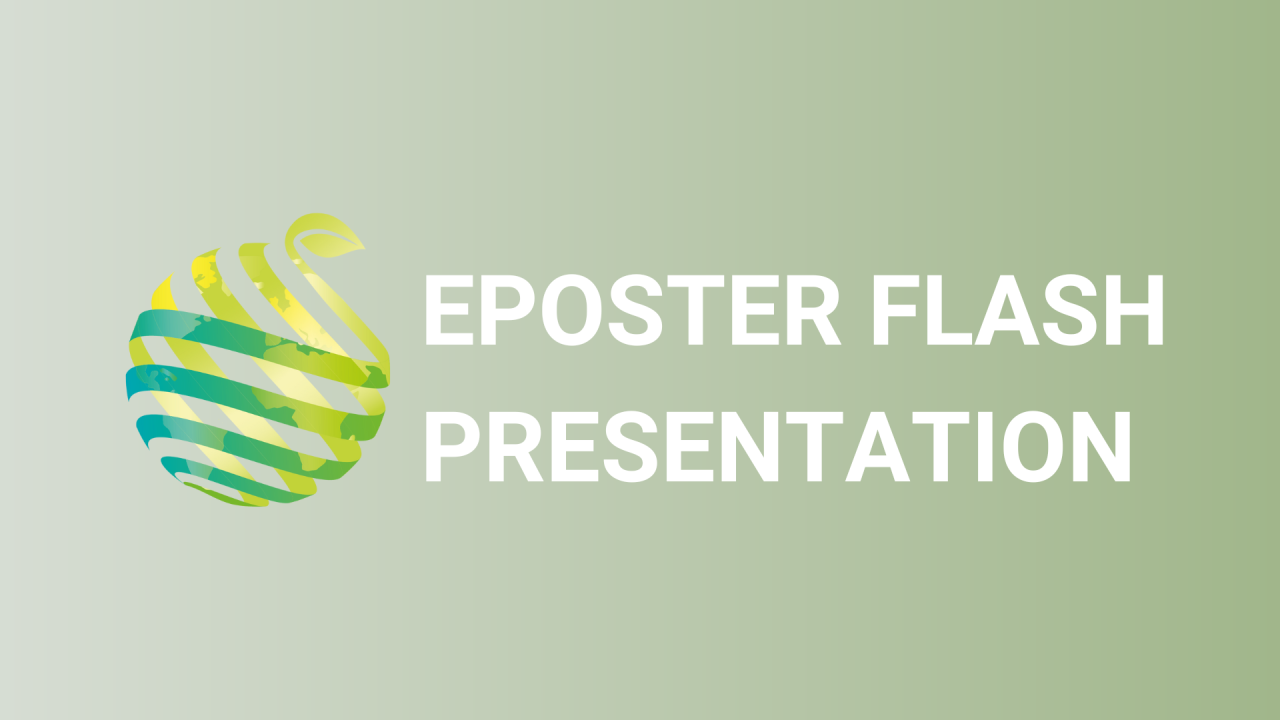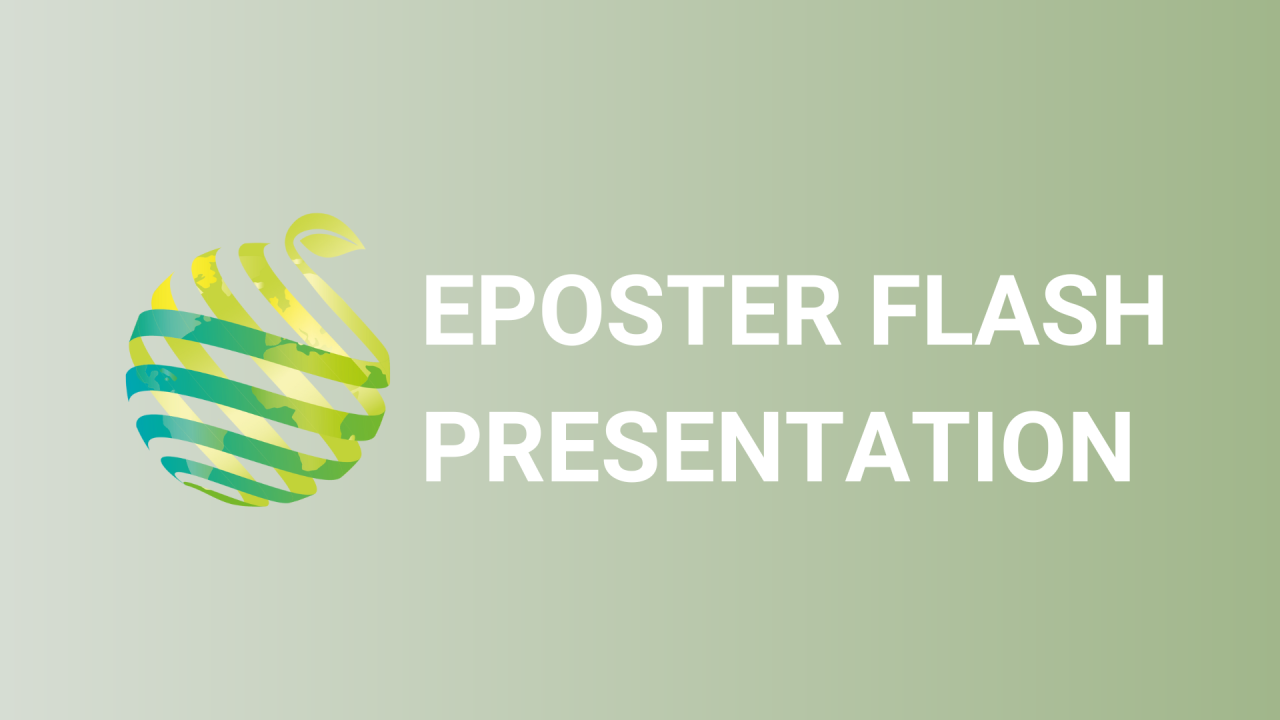

S11 - Session P5 - Exploring temperature effects on Brassica vegetable quality through Computational High-throughput Intelligent Phenotyping for Associative Transcriptomics
Information
Authors: Jo Hepworth *, Bethany Nichols, Rachel Wells, Kevin Williams, Fiona Corke, Lars Ostergaard, Richard Morris, John Doonan
In Brassica oleracea , shoot form and flowering time controls the quality and harvest date of Brassica crops such as cabbage, broccoli and cauliflower. The huge diversity of these forms, all arising from the same species, poses a fundamental scientific question: how are the genetic mechanisms underlying shoot growth modified to recursively create such different forms? Recent work (Azpeitia et al. 2021) has envisaged how variation in expression levels of known molecular integrators can influence the development and form of cauliflowers. We are testing the hypothesis that variation in known molecular regulators differentiates the development and final harvest form of cabbage, cauliflower and broccoli genotypes, and that these molecular regulators are influenced by vernalisation temperatures. For this experiment, selected lines from a recently developed associative-transcriptomics panel (Woodhouse et al. 2021) are given different temperature treatments known to affect inflorescence quality and candidate gene expression, prior to phenotyping at the UK National Plant Phenomics Centre (IBERS, Aberystwyth University) to generate high-quality time-lapse videos of plant growth, allowing us to investigate differences in curd- and floret- formation and 'hold'. To analyse these dynamic data, we are exploiting a recently developed computational pipeline for the related crop Brassica napus (Williams, Hepworth et al . in prep) that numerically describes growth curves and flower mass with proven capacity to identify causal genetic variation. In addition, we are developing machine learning algorithms to identify the traits that underlie crop quality, such as floret formation and branching. These traits will be used to identify candidate genetic variation driving differences in crop type, quality, and response to the environment. The data and methods developed will prime further work to establish an automated computational framework for large-scale Brassica vegetable phenotyping and linkage to genetic variation and to develop forecast modelling of Brassica vegetable quality response to climate change.